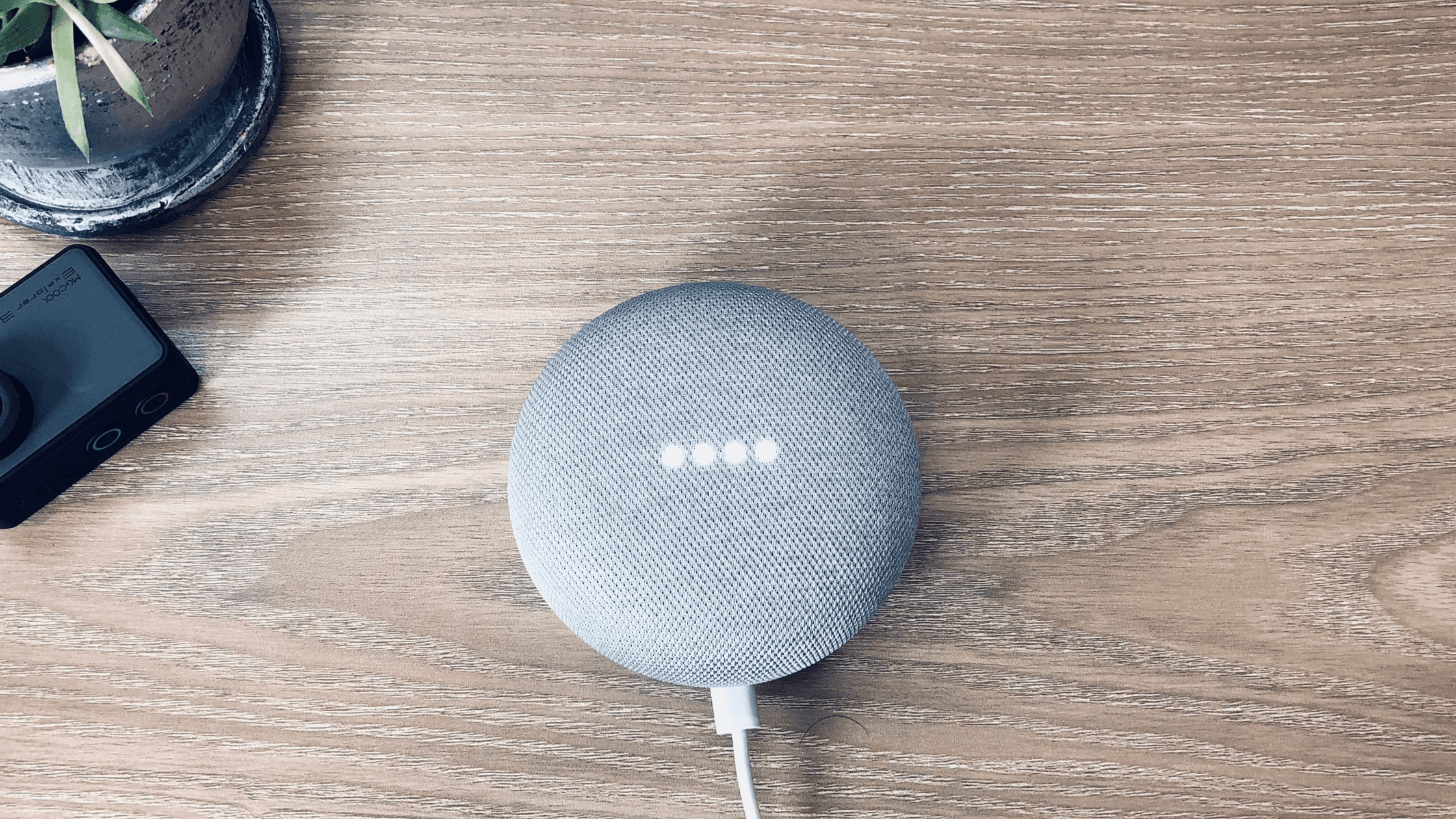A Beginner's Guide to Smart Homes
Jin Budelmann
Digital Engineering Lead

Picture this: You’re curled up in bed, wrapped up under a soft blanket, surrounded by fluffy pillows and drifting into a peaceful sleep… All of a sudden, you start thinking that you may have left the garage door open. Now you’re debating whether you leave your blissful state to check the garage or YOLO and suffer the consequences in the morning.
Smart homes solve problems like the above by design. They make everyday tasks easier by enabling control and automation through a central hub or mobile device. It’s a topic worth delving into so this article will explore smart homes; from their humble beginnings and capabilities today to their future state.
Where it all began.
Smart homes aren’t a new concept. Microsoft explored the idea in a rather prophetic 1999 concept video, but variations of this technology have been around since the 1970s. Early smart home systems connected a dedicated console or computer to lights, cameras and motion sensors. They worked by sending control signals through existing electrical wiring using expensive control modules. These systems required professional installation, meaning they came with a substantial price tag. Despite the innovation, the technology was notoriously unreliable due to signal loss and interference. Unsurprisingly, these systems never reached the mainstream and were exclusive to cashed-up tech fanatics.

Capabilities Today.
Progress was slow, but cue the internet and mass adoption of smartphones and, suddenly, what was once a fantasy reserved for futuristic movies and poorly-edited Microsoft concept videos became a reality for everyone. The internet enabled a new level of automation by providing a cheap, fast way of connecting devices together and to the cloud, while smartphones became the remote control of the home enabling owners to automate their lives with a simple swipe and click. Together, the smartphone and the internet, enabled smart home devices to become cheaper, reliable, and user-installable.
People can fit their home with sensors and smart devices to automate their lives. They can open the gate and turn on the heating automatically as they approach home or they can trigger a robot vacuum to clean the house while at work. A well-planned smart home can even save the owner a decent amount of money.
While they’ve made life easier, there are still hurdles when setting up or maintaining smart homes today. Buying a device is not straightforward as it needs to work with the smartphones and/or smart speakers in your house, as well as any other devices you might want it to interact with. There are also potential dangers as each device is essentially a tiny computer that is connected to the internet. A poorly designed device could be compromised and allow unauthorised control and access to its data.

The Future.
Continued advancements in AI and machine learning will make smart homes even more intuitive and personalised. Devices will learn from users' habits and preferences, adjusting settings automatically. Robotics will continue to play a significant role, with the development of more advanced and specialised robots that cater to various household tasks. Devices will become increasingly interconnected, with seamless communication between different systems and brands.
Sustainability will be a central theme in the smart home industry. Energy-efficient devices will become the norm, and smart home systems will increasingly integrate with renewable energy sources, like solar panels and wind turbines. Home energy management systems will intelligently distribute power, prioritising essential appliances and adjusting energy consumption based on real-time data.
Water conservation technologies, such as smart irrigation systems and leak detectors, will help homeowners reduce their water usage and environmental footprint. By embracing these sustainable solutions, smart homes will not only enhance quality of life but will contribute to combating climate change.
Smart homes have come a long way from ambitious but clunky technology in the 70’s to the comparably seamless systems we have today. Smartphones and the internet transformed smart home technology and in turn, transformed how we live and interact with our homes. Billions of devices have been sold over the last decade with the promise of creating homes that respond naturally to our behaviour and allow us to monitor and control our homes wherever we may be. With the impending advancements in AI and robotics, we’re set to see even smarter systems that have sustainability as a blueprint of their design. So while we haven’t quite reached our Jetsons future, we’re well on our way.